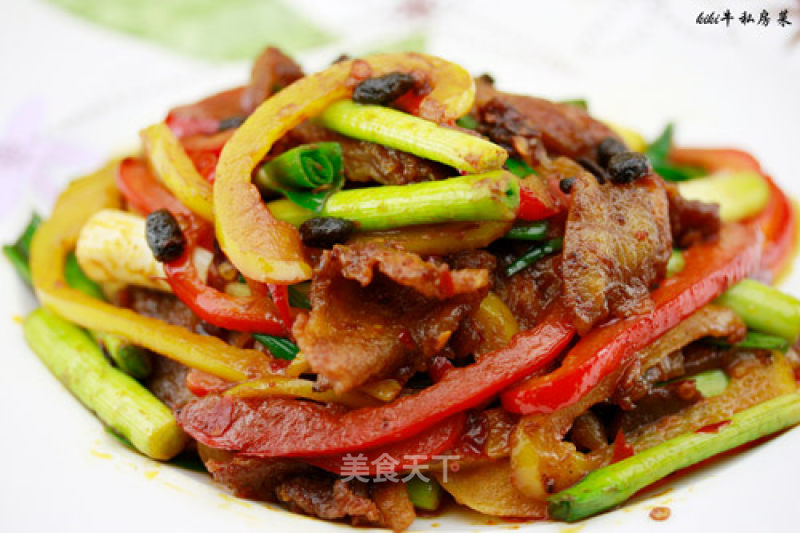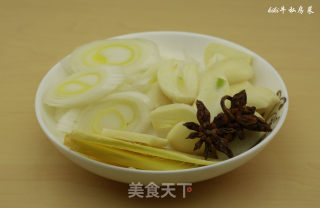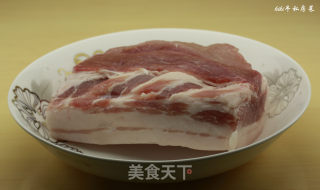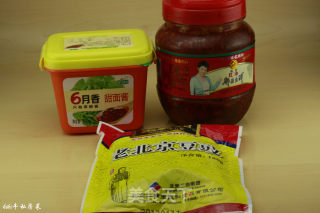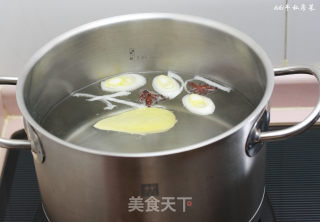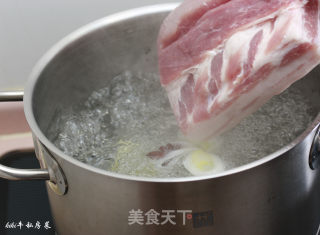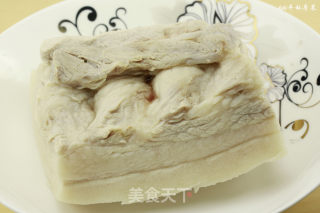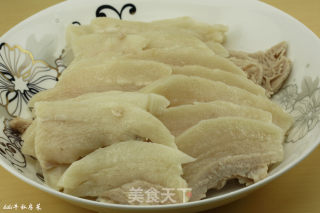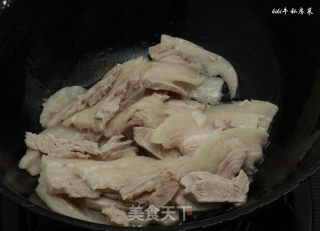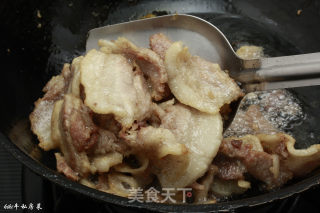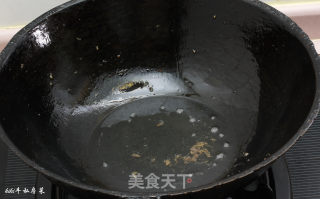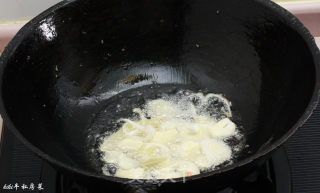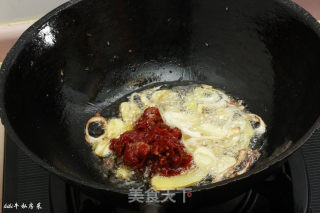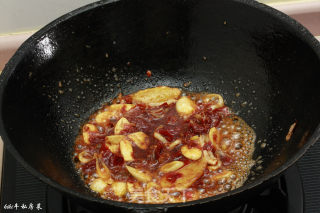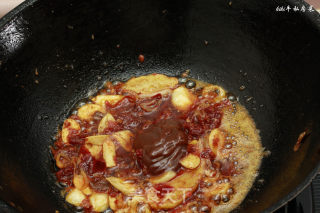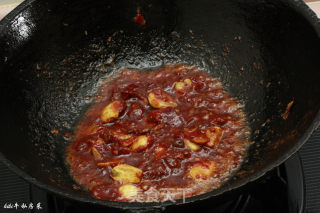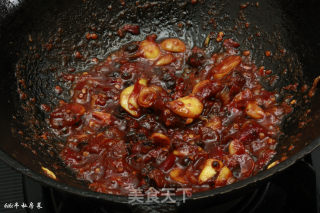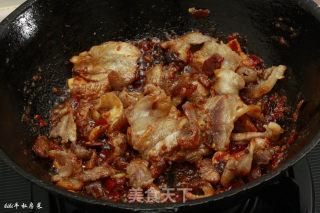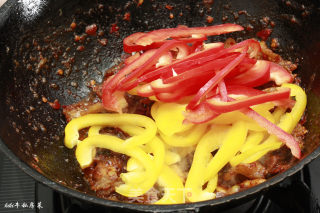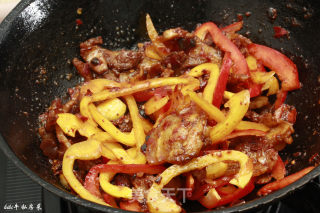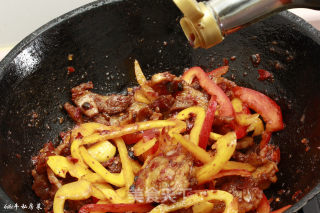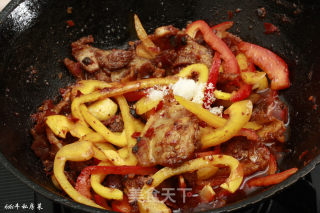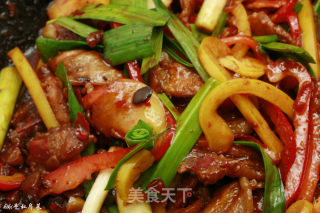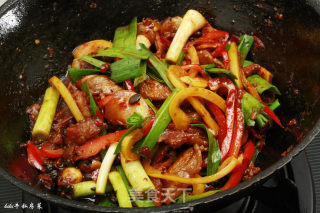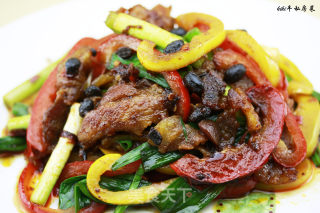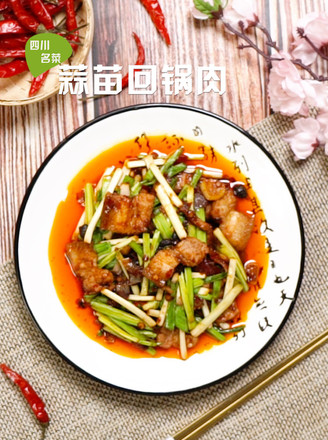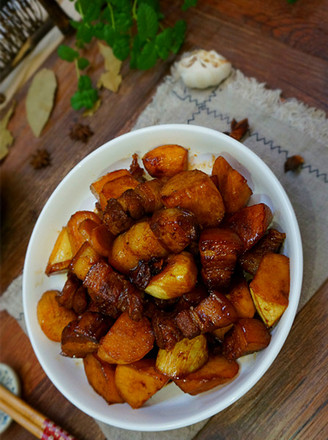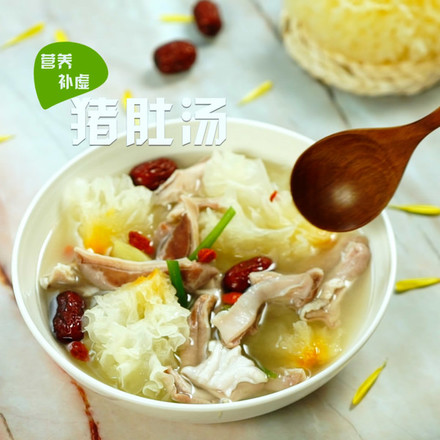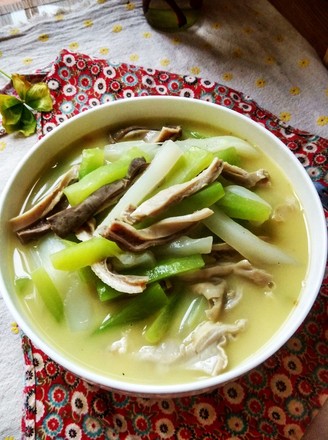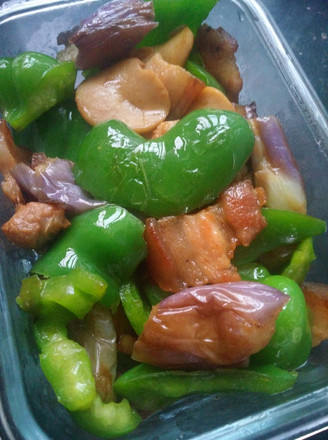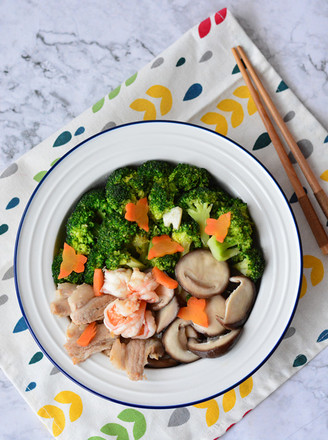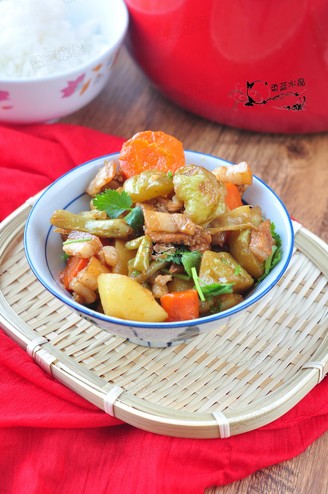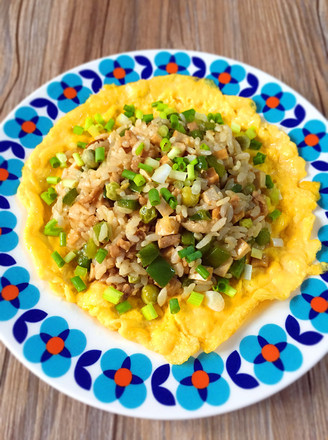Kiki Beef's Private Kitchen 12-twice-cooked Pork with Soy Sauce
by kiki cow
Favorite
Difficulty
Normal
Time
20m
Serving
2
How to cook a delicious twice-cooked pork? This was something that I didn’t even dare to think about when I didn’t formally learn how to cook, let alone make it delicious, it’s harder than going to the sky~~Think about it now, I was at that time. In fact, it’s very selfish. Just because I don’t like eating fatty meat, I don’t think about it or cook it. I just cook what I want to eat according to my own preferences, while greatly ignoring the desires and needs of my family. This is true. This is a very unwise move~~ For boys, they are almost always meat-thirsty. No matter how fat and thin, my husband is no exception~~ Recalling his previous behavior, I was really ashamed of him. Coupled with having a baby at home, the idea of learning to cook spontaneously came to life and was quickly put on the agenda, and then it was out of control~~haha~~
Twice-cooked pork is a traditional Sichuan cuisine. It is widely known and loved by the public because of its unique taste, bright red color, fat but not greasy. Nowadays, with the popularity of Sichuan cuisine across the country, the intermingling and infiltration of different cuisines has emerged. A variety of new dishes. Take twice-cooked pork as an example, new Sichuan dishes such as "Lianshan twice-cooked pork", "spicy twice-cooked pork", "green pepper twice-cooked pork", "Caigenxiang twice-cooked pork", "Guokui twice-cooked pork" and so on have been derived. Compared with the authentic and old-style twice-cooked pork, Although it is out-of-the-ordinary, it is no longer the same.
The meat slices of this dish are connected with fat and lean, golden light oil, clear garlic, and served with rice. It is a perfect match. It is a very good meal. As the pork belly is blanched and then stir-fried, it is blanched in red oil, and then stir-fried with green garlic. After this cooking, the fatty meat becomes fragrant and refreshing. Not only is it not greasy to eat, but it also has an overflowing aroma. Refreshing and refreshing~~ Twice-cooked pork is really delicious. Even people who don’t eat fat can eat it with relish~~
Haha, let’s give everyone a dish of soy sauce twice-cooked pork today. The Spring Festival is coming soon. Let’s all start to add some atmosphere to the festival~~"
Twice-cooked pork is a traditional Sichuan cuisine. It is widely known and loved by the public because of its unique taste, bright red color, fat but not greasy. Nowadays, with the popularity of Sichuan cuisine across the country, the intermingling and infiltration of different cuisines has emerged. A variety of new dishes. Take twice-cooked pork as an example, new Sichuan dishes such as "Lianshan twice-cooked pork", "spicy twice-cooked pork", "green pepper twice-cooked pork", "Caigenxiang twice-cooked pork", "Guokui twice-cooked pork" and so on have been derived. Compared with the authentic and old-style twice-cooked pork, Although it is out-of-the-ordinary, it is no longer the same.
The meat slices of this dish are connected with fat and lean, golden light oil, clear garlic, and served with rice. It is a perfect match. It is a very good meal. As the pork belly is blanched and then stir-fried, it is blanched in red oil, and then stir-fried with green garlic. After this cooking, the fatty meat becomes fragrant and refreshing. Not only is it not greasy to eat, but it also has an overflowing aroma. Refreshing and refreshing~~ Twice-cooked pork is really delicious. Even people who don’t eat fat can eat it with relish~~
Haha, let’s give everyone a dish of soy sauce twice-cooked pork today. The Spring Festival is coming soon. Let’s all start to add some atmosphere to the festival~~"

